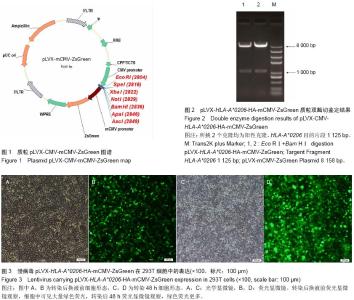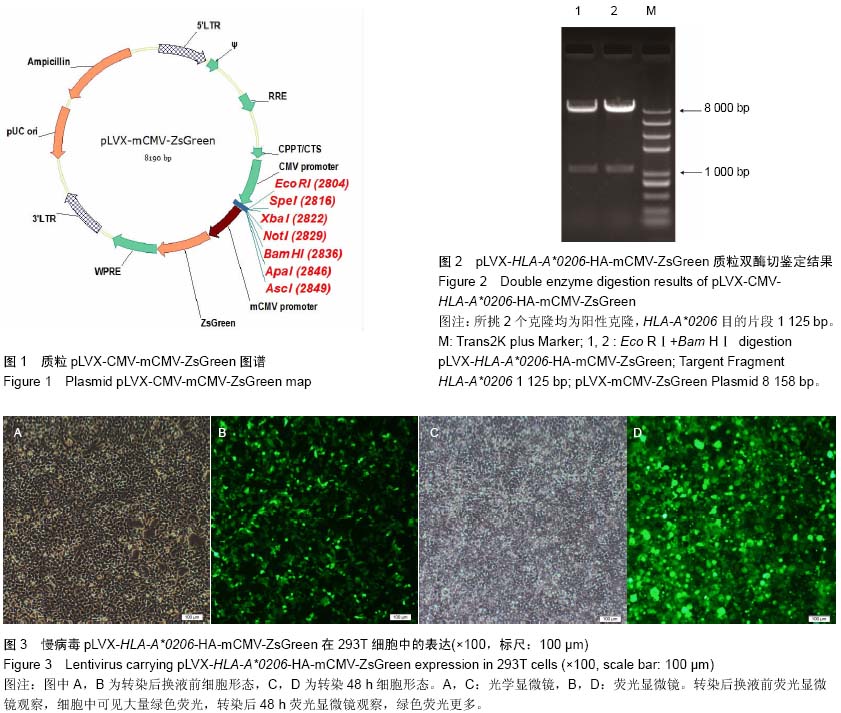| [1] Chang ET, Adami HO. The enigmatic epidemiology of nasopharyngeal carcinoma. Cancer Epidemiol Biomarkers Prev. 2006;15(10):1765-1777.
[2] Jia WH, Huang QH, Liao J, et al. Trends in incidence and mortality of nasopharyngeal carcinoma over a 20-25 year period (1978/2002) in sihui and Cangwu counties in southern China. BMC Cancer. 2006;6:178.
[3] Lin C, Meng X, Hazawa M, et al. The genomic landscape of nasopharyngeal carcinoma. Nat Genet. 2014;46(8):866-871.
[4] Guo X, Winkler CA, Li J, et al. Evaluation and integration of genetic signature for prediction risk of nasopharyngeal carcinoma in Southern China. Biomed Res Int. 2014. doi:10.1155/2014/434072.
[5] Chien YC, Chen JY, Liu MY, et al. Serologic markers of Epstein-Barr virus infection and nasopharyngeal carcinoma in Taiwanese men. New Engl J Med. 2001;345(26):1877-1882.
[6] Zhang YX, Kang SY, Chen G, et al. ABO blood group, Epstein-Barr virus infection and prognosis of patients with non-metastatic nasopharyngeal carcinoma. Asian Pac J cancer Prev. 2014;15(17):7459-7465.
[7] Hutajulu SH, Kurnianda J, Tan IB, et al. Therapeutic implications of Epstein-Barr virus infection for the treatment of nasopharyngeal carcinoma. Ther Clin Risk Manag. 2014;10: 721-736.
[8] Xie SH, Yu IT, Tse LA, et al. Domestic incense burning and nasopharyngeal carcinoma: a case-control study in Hong Kong Chinese. Environ MoI Mutagen. 2014. doi:10.1002/em.21894.
[9] Simons MJ, Day NE, Wee GB, et al. Nasopharyngeal carcinoma V: immol/Lunogenetic studies of Southeast Asian ethnic groups with high and low risk for the tumor. Cancer Res. 1974;34(5):1192-1195.
[10] Tang M, Zeng Y, Poisson A, et al. Haplotype-dependent HLA susceptibility to nasopharyngeal carcinoma in a Southern Chinese population. Genes Immol. 2010;11(4):334-342.
[11] 蓝轲,乔贵林,沈新民,等.鼻咽癌来源LMP1转基因小鼠的制备[J].动物医学进展,2002,23(1):69-71.
[12] 肖志强,姚开泰.携带EB病毒潜伏膜蛋白基因转基因小鼠的制备[J].生物化学与生物物理进展,1995,22(2):149-153.
[13] 何迎春,田道法,卢芳国,等.人突变型p53和EB病毒LMP1转基因小鼠的建立[J].第四军医大学学报,2006,27(1):6-9.
[14] Sakuma T, Barry MA, Ikeda Y. Lentiviral vectors:basic to translational. Biochem J. 2012;443(3):603-618.
[15] Coghill AE, Hildesheim A. Epstein-Barr Virus Antibodies and the risk of associated malignancies: review of the literature. Am J Epidemiol. 2014;180(7):687-695.
[16] Chin YM, Mushiroda T, Takahashi A, et al. HLA-A SNPs and amino acid variants are associated with nasopharyngeal carcinoma in Malaysian Chinese. Int J Cancer. 2015;136(3): 678-687.
[17] Goldsmith DB, West TM, Morton R. HLA associations with nasopharygeal carcinoma in Southern Chinese: a meta-analysis. Clin Otolaryngol Allied Sci. 2002;27(1):61-67.
[18] Demayo JL, Wang J, Liang D, et al. Genetically engineered mice by pronuclear DNA microinjection. Curr Protoc Mouse Biol. 2012;2:245-262.
[19] Liao X, Cui H, Wang F. Establishment of a transgenic mouse model of corneal dystrophy overexpressing human BIGH3. Int J Mol Med. 2013;32(5):1110-1114.
[20] Meng Q, Xiao Z, Yuan H, et al. Transgenic mice with overexpression of mutated human optineurin (E50K) in the retina. MoI Biol Rep. 2012;39(2):1119-1124.
[21] Chandrashekran A, Sarkar R, Thrasher A, et al. Efficient generation of transgenic mice by lentivirus-mediated modification of spermatozoa. FASEB J. 2014;28(2):569-576.
[22] Moreira PN, Montoliu L. Intracytoplasmic sperm injection (IC SI)-mediated transgenesis in mice. Methods MoI Biol. 2014; 1194:141-156.
[23] García-Vázquez FA, Ruiz S, Matás C, et al. Production of transgenic piglets using IC SI-sperm-mediated gene transfer in combination with recombinase RecA Reproduction. 2010; 140(2):259-272.
[24] Nickerson HD, Colledge WH. A LacZ-based transgenic mouse for detection of somatic gene repair events in vivo. Gene Ther. 2004;11(17):1351-1357.
[25] Delzor A, Escartin C, Déglon N. Lentiviral vectors: a powerful tool to target astrocytes in vivo. Curr Drug Targets. 2013; 14(11):1336-1346.
[26] Monzani PS, Sangalli JR, De Bem TH, et al. Breeding of transgenic cattle for human coagulation factor Ⅸ by a combination of lentiviral system and cloning. Genet MoI Res. 2013;12(3):3675-3688.
[27] Liu C, Wang L, Li W, et al. Highly efficient generation of transgenic sheep by lentivirus accompanying the alteration of methylation status. PLoS One. 2013;8(1):e54614.
[28] Baxa M, Hruska-Plochan M, Juhas S, et al. A transgenic minipig model of Huntington’s Disease. J Huntingtons Dis. 2013;2(1):47-68.
[29] Matsuzaki Y, Oue M, Hirai H. Generation of a neurodegenerative disease mouse model using lentiviral vectors carrying an enhanced synapsin 1 promoter. J Neurosci Methods. 2014;223:133-143.
[30] Tomkowiak M, Ghittoni R, Teixeira M, et al. Generation of transgenic mice expressing EGFP protein fused to NP68 MHC classⅠepitope using lentivirus vectors. Genesis. 2013;51(3):193-200. |

